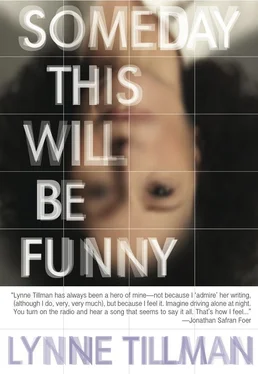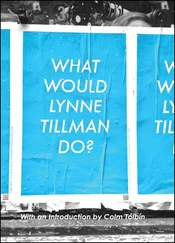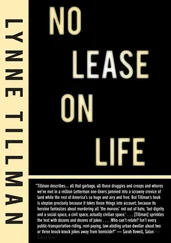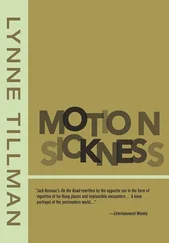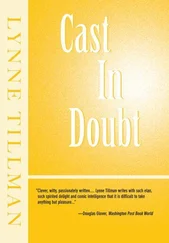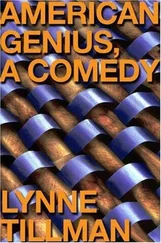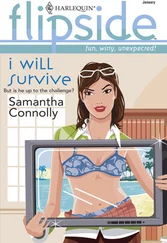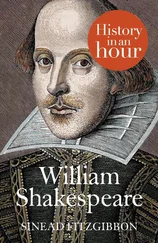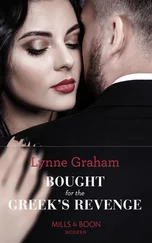This man likes stillness, so a cat might be a great companion, since nothing can be more still than a cat, especially when it hunts, except for an inanimate coffee cup or a corpse. Holding still for a long time suggests death and maybe infinity.
See. observation
Reclaims exhausted routines.
Noise can be music.
Understanding endlessness might make this artist, who is usually not the subject of a picture, capable of envisioning the scientific hereafter. A very few minds can grasp the concept, the capacity for which might be compared with comprehending the finality of death, which few can, also, though death has an absolute place in life, creating the desire for immortality and, from that, as well as sexual curiosity, everything else emerges: collecting antiques or jewelry or baseball cards, writing love poems, keeping busy, watching soccer, losing oneself in drink.
This man has typical worries, plumbing that goes wrong, the wrong comment at a party, a wronged lover, and he has some that are atypical, unless one is an artist and considers, daily, what is being portrayed or represented, a practice of and in pictures. He might ask himself, what is good about what I’m making? And never know. No one can know. But let’s say of this artist that he is sincere; he would like to make honest paintings. What that is, he also acknowledges, vexes art-makers. No right way, no theological answers.
Cave drawings in Lescaux described prehistorical life, their travails, activities, triumphs. Early humans named their surroundings, and marked out days and nights in pictograms. They required records of their existence, since death — or whatever they called that event — savaged them, a monster swooping down and taking their breath away. Their sincerity has never been doubted. Is insincerity, he asks himself, laughing a little, the fault-line of so-called advanced civilization?
Owls, moonlight unmoors
Wolves, frantic prey scurry
Night licks voraciously.
The artist happened to be walking near a nighttime forest, musing about cave dwellers and their drawings, when he looked up and saw a star streak across the sky. Cave people saw shooting stars too, linking him to Neanderthals in a great chain of being and nonbeing, doing and undoing. But the exuberant flash might vex another man, on the other side of the world, who, watching it leap in his evening sky, could feel overwhelmed by the expanding universe and his own shortcomings. Then the artist imagined the distraught stranger weeping, and the other’s sadness cast itself, like a ghost, across him and the heavens.
A star lives and dies, there is the wonder of it and the immensity of experience, good and bad. Is there an antonym for “wonder”? Hell. Mystery’s opposite? Boredom. By now he was in his studio, staring at a water glass. He had looked at it for more than thirty years, the very same glass. Some people thought he was crazy. But he was only beginning to see it, or he kept seeing it differently and he tried to depict that, how it changed, how his capacity changed, and he himself changed over the years. He didn’t mean to paint an autobiography, but he was, also.
The next day, he placed a skull on a black cloth. It considered him, uncannily. “Alas, poor Yorick,” the artist repeated aloud several times. The skull seemed to levitate. Other than death, outcomes and results were unpredictable, in any case he wouldn’t want to predict the end, unless he could begin again, immediately. The point, perhaps, was to find what he was looking for through its execution; he himself had not lost anything specific, or everything was lost and found again in endless repetitions, and, the more he worked, the more change he discovered in minute variations. He might be surprised by the color of an eggplant or the verve of a flower or the eerie acoustic of an empty room.
A phantasm or a wisp of conversation lay beneath the surface, a palimpsest, rising, later, onto the surface as a still life. In practice, the reality of imperfection and the hope for perfection strafed his imagination and capabilities; he was similar to, and dissimilar from, others in trying and sometimes giving up. Friction between styles and forms required conscious choices, approaches and adaptations to changing conditions in need of living concepts. Things made in time, of time, he thought.
A green vase, a blue
Vase on a dark wood table,
Images inside cups.
The artist worked in solitude which brought him a kind of happiness, but even in solitude, in a peaceful place, the soot of mixed emotions collected in corners. A recollection absorbed him, he glanced at the garden, and an image passed like a summer’s day. His father sent to the Russian front, never to return, his mother whispering to him, consolingly; then he thought he heard her voice, but it was only a breeze whipping through the bamboo. She found him curious, amusing, and perhaps as a consequence — though he could never know — he was rarely lonely.
A farmer’s cheese, green tea tickling his tongue, a long letter from a friend, a sweet kiss when he needed it, the sun’s regular rise, at slightly different times, during which he might be aroused by an idea, these contented him. He also swayed on shaky foundations, balancing as best he could, unbalanced by what no one can control.
Drawing with pencil.
Sketch a paradise. Damned
War, never again.
Be aware, he remonstrated with himself, otherwise time passes with only a sense of its absence, the way that distraught man, on the other side of the world, might feel it. He buttoned his shirt and combed his hair. He might have a cup of tea, eat a biscuit, sit in a chair, listen to Bach, or watch TV. Half-empty or half-full? His friends joked with him. Invisible choruses sang dissonant arias about the arbitrariness of choice and the dissipations of history, the news on TV shattered composure, as it if were a pane of glass. The common libretto was comic and tragic, everyone’s opera.
Not true, not false, not one, not the other. Standing before an object, his job was to see it, as it was to him, simple and complex.
Repetition with variation: A man, whose insufficient portrait has been rendered just now, does not keep cats or sport a beard. He is of medium size, sensible weight, and could appear to be an academic or a violinist or a bookseller. He’s a painter, has a studio in a village and a house near a city, and journeys between those places, and others, coming and going, thoughtfully, deliberately.
Day by day, he would add, every day is a good day.
Madame Realism’s Conscience
“Whatever it is, I’m against it.”
— Groucho Marx, Horse Feathers
Way past adolescence, Madame Realism’s teenaged fantasies survived, thought bubbles in which she talked with Hadrian about the construction of his miraculous wall or Mary Queen of Scots right before the Catholic queen was beheaded. Madame Realism occasionally fronted a band or conversed with a president, for instance, Bill Clinton, who appeared to deny no one an audience. Could she have influenced him to change his course of action or point of view? Even in fantasy, that rarely happened. She persevered, though. At a state dinner thought bubble, Madame Realism whispered to Laura Bush, “Tell him not to be stubborn. Pride goeth before a fall.” Laura looked into the distance and nodded absent-mindedly.
Over the years, Madame Realism had heard many presidential rumors, some of which were confirmed by historians: Eisenhower had a mistress; Mamie was a drunk; Lincoln suffered from melancholia; Mary Lincoln attended séances; Roosevelt’s mistress, not Eleanor, was by his side when he died; Eleanor was a lesbian; Kennedy, a satyr; Jimmy Carter, arrogant; Nancy Reagan made sure that Ronnie, after being shot, took daily naps. When Betty Ford went public with her addictions and breast cancer, she became a hero, but Gerald Ford will be remembered primarily for what he didn’t do or say. He didn’t put Nixon on trial; and, he denied even a whiff of pressure on him to pardon the disgraced president. Ford’s secrets have died with him, but maybe Betty knows.
Читать дальше
